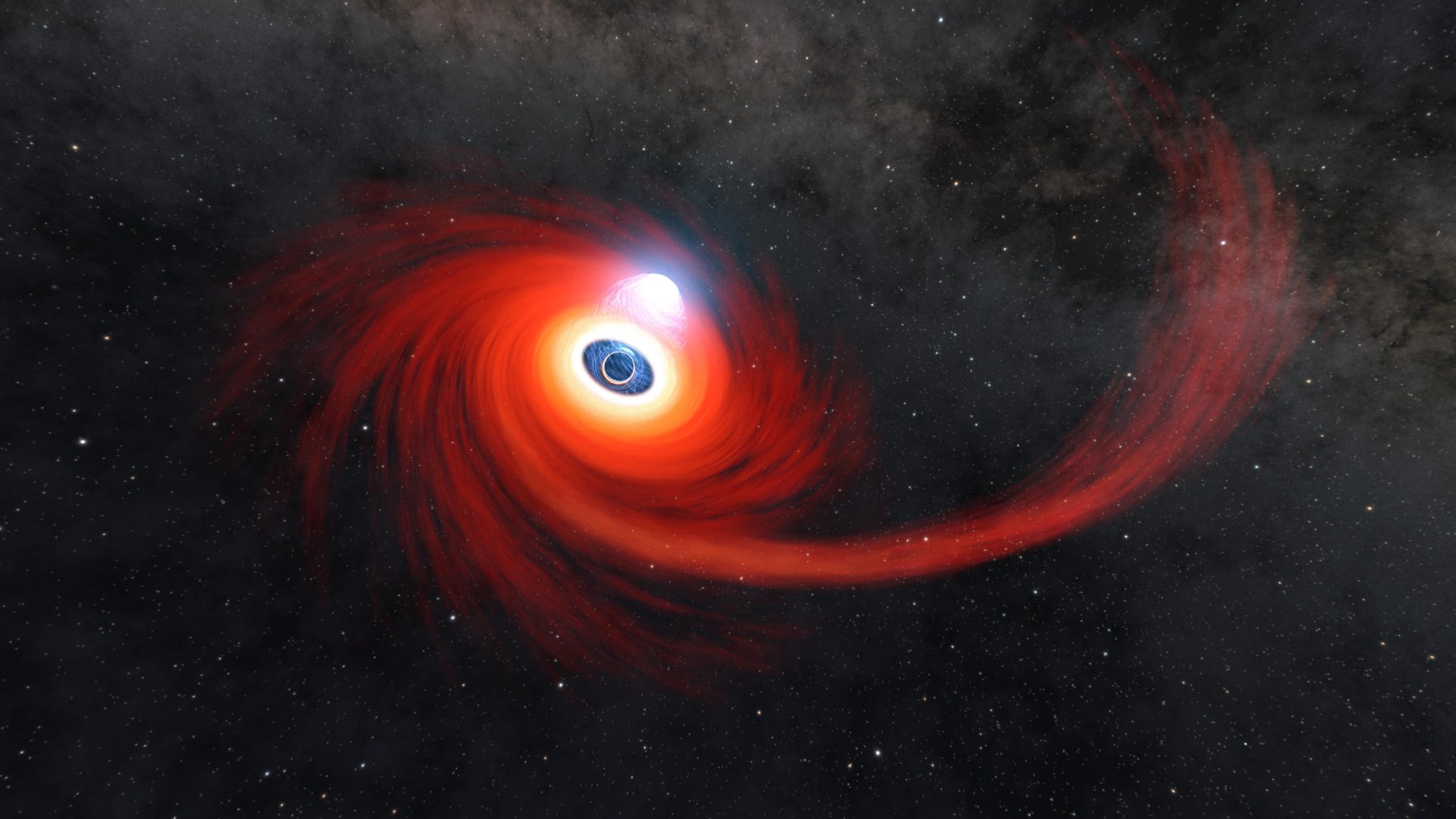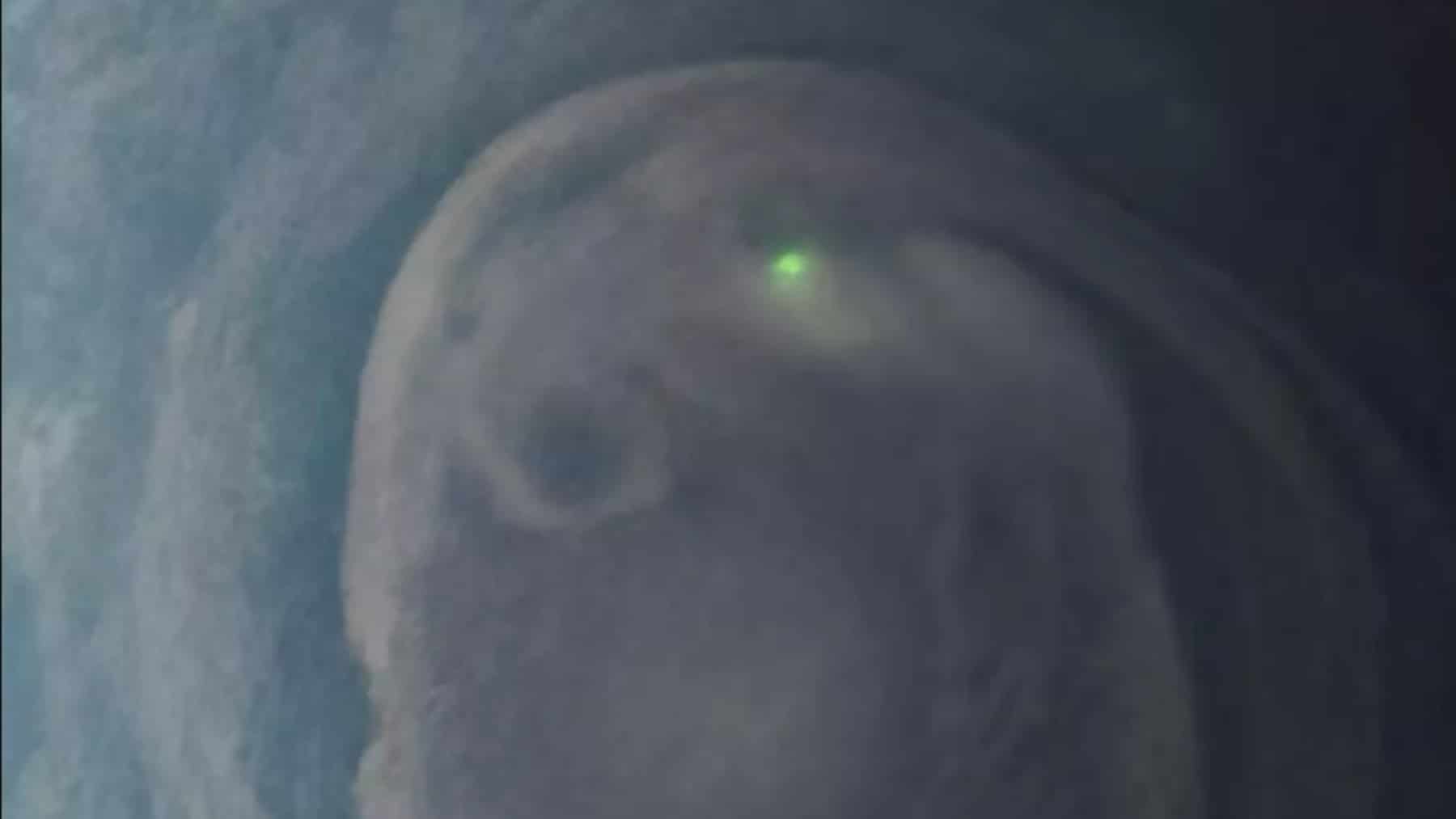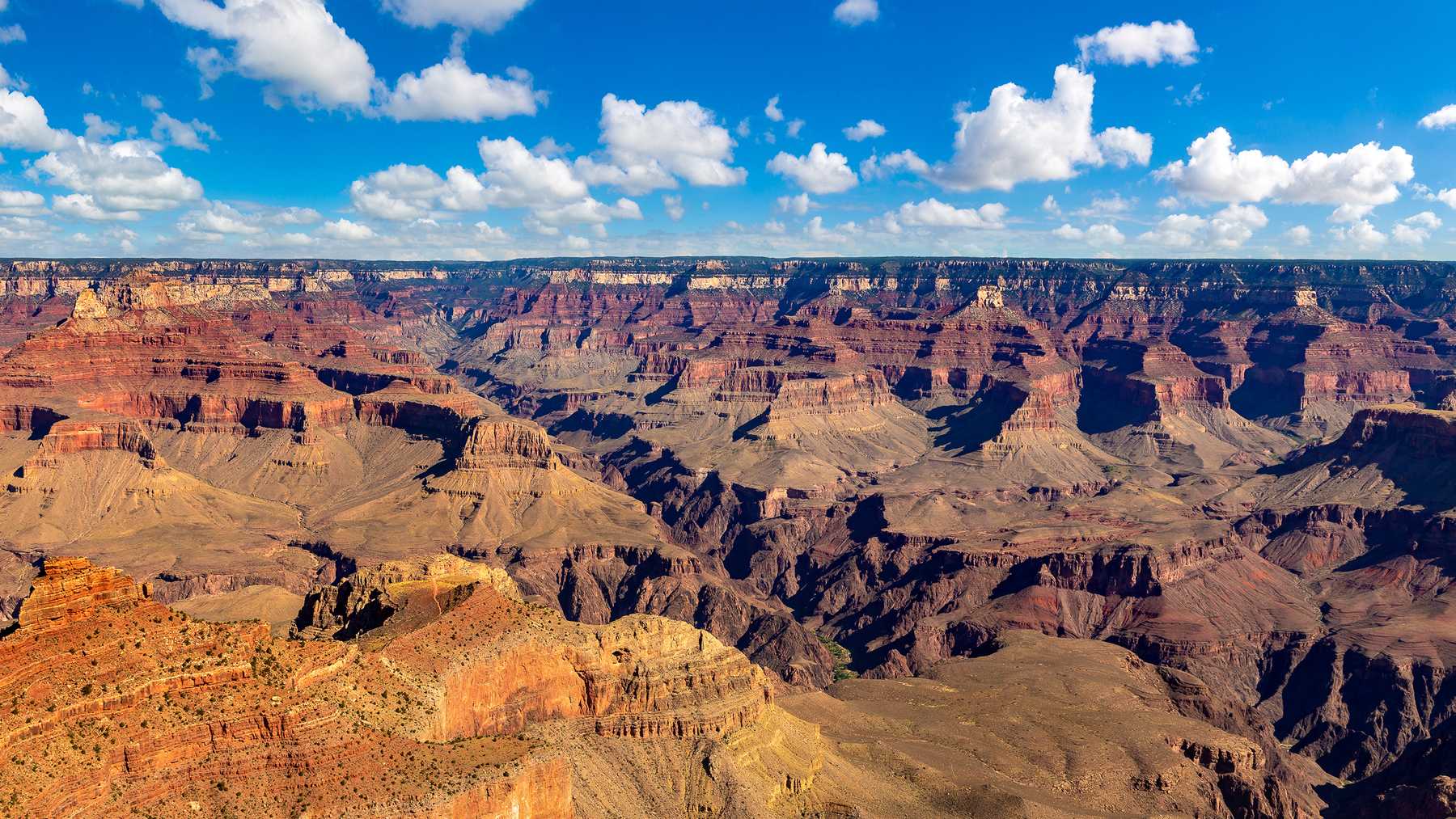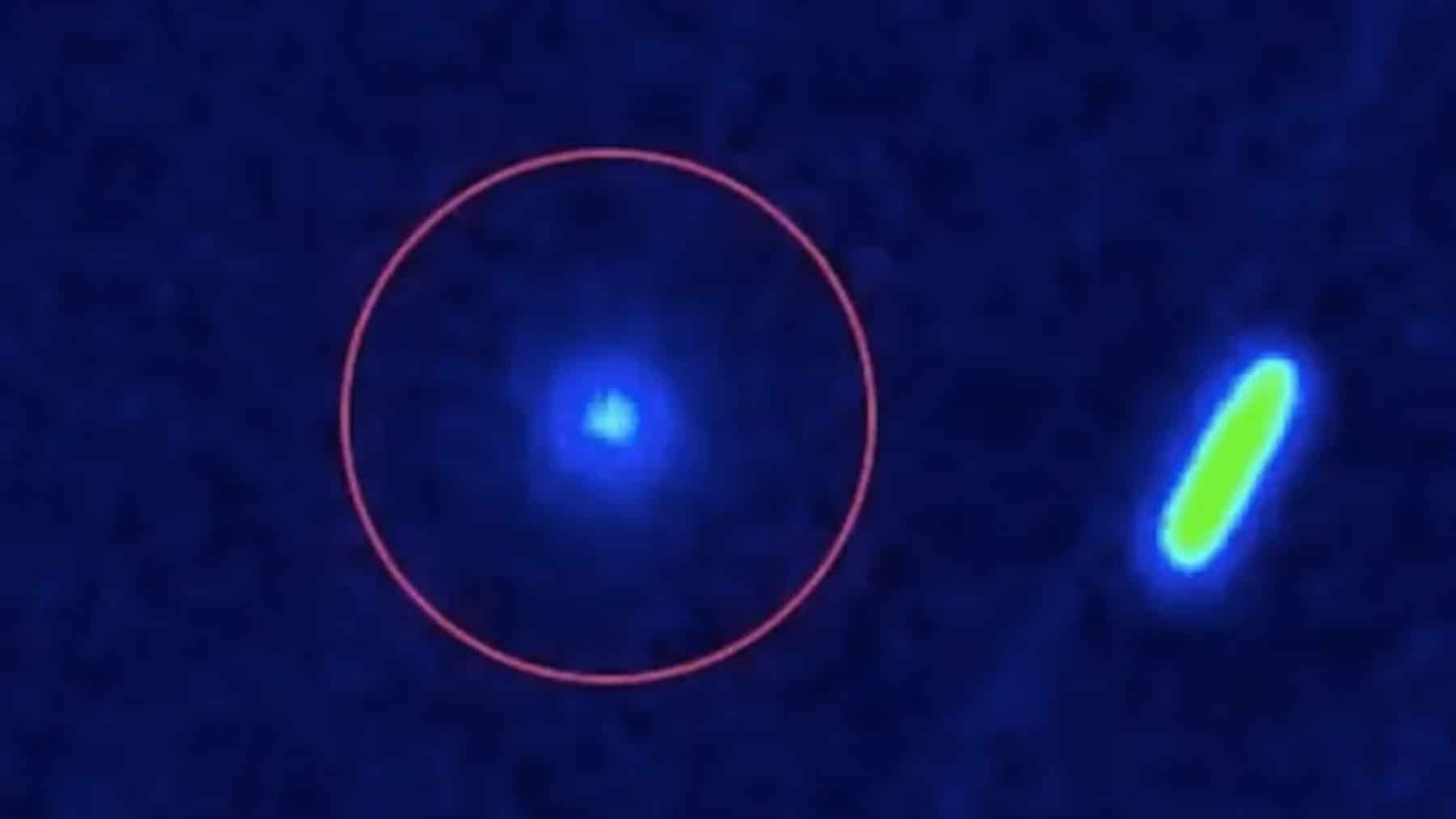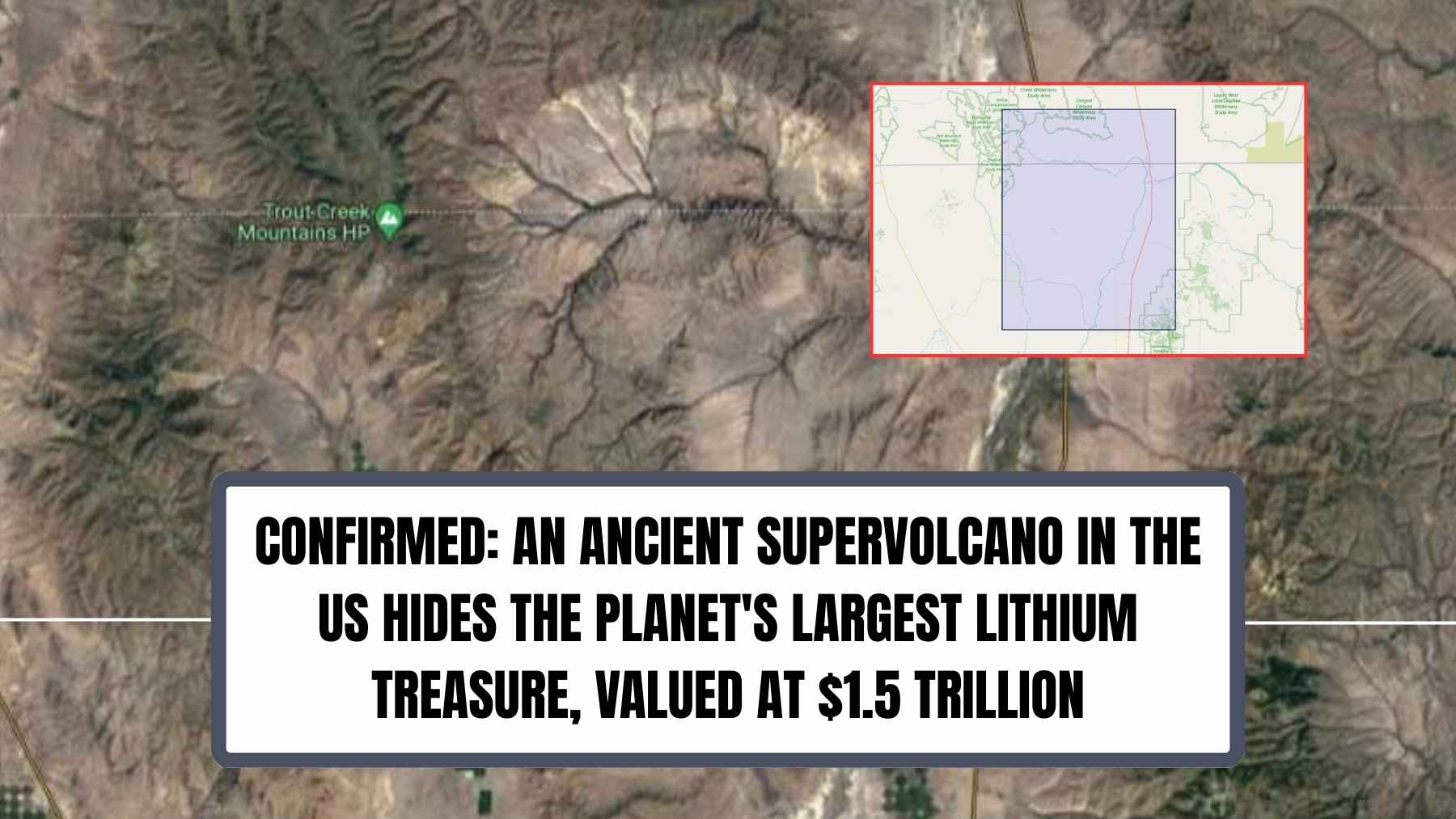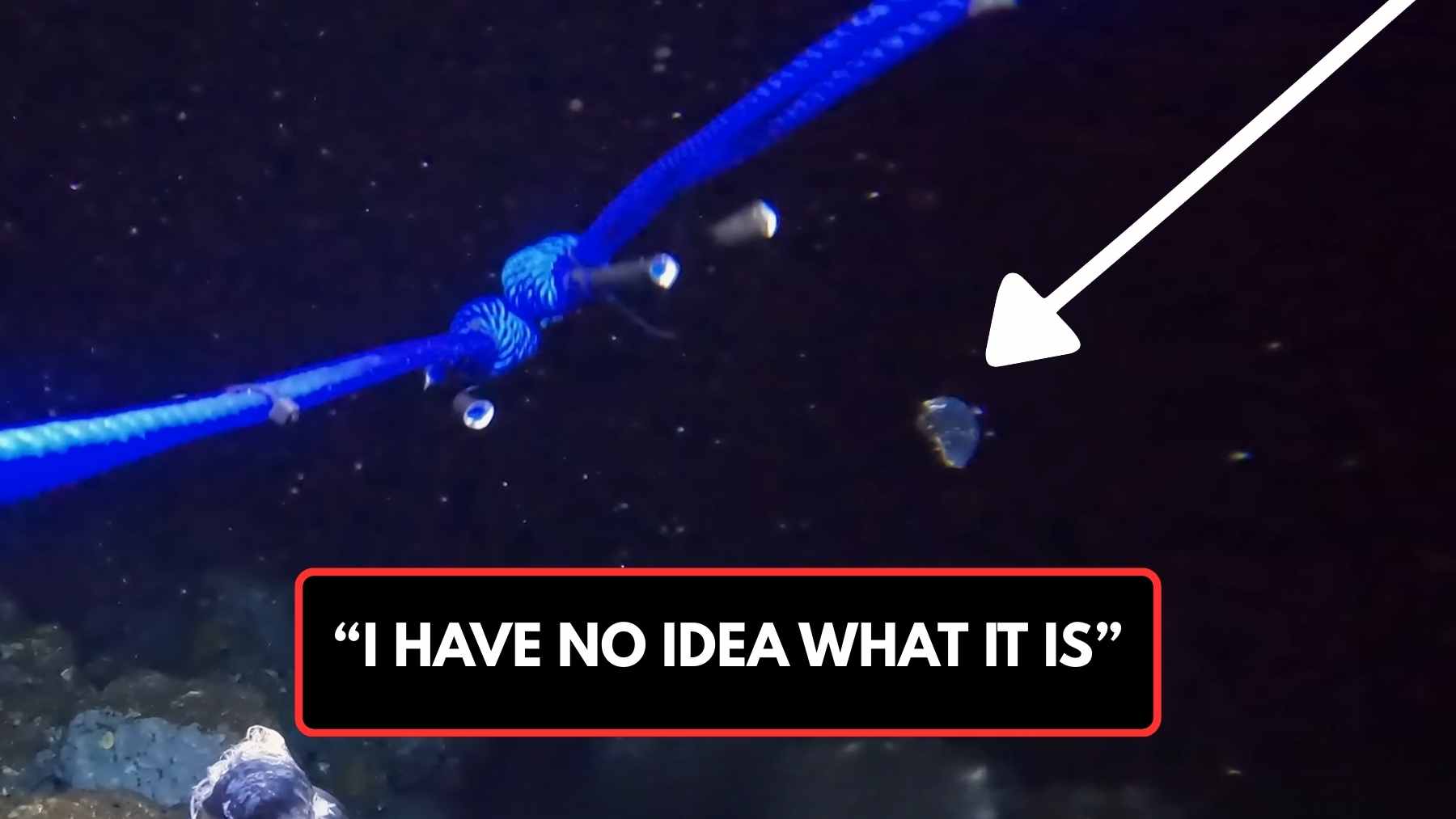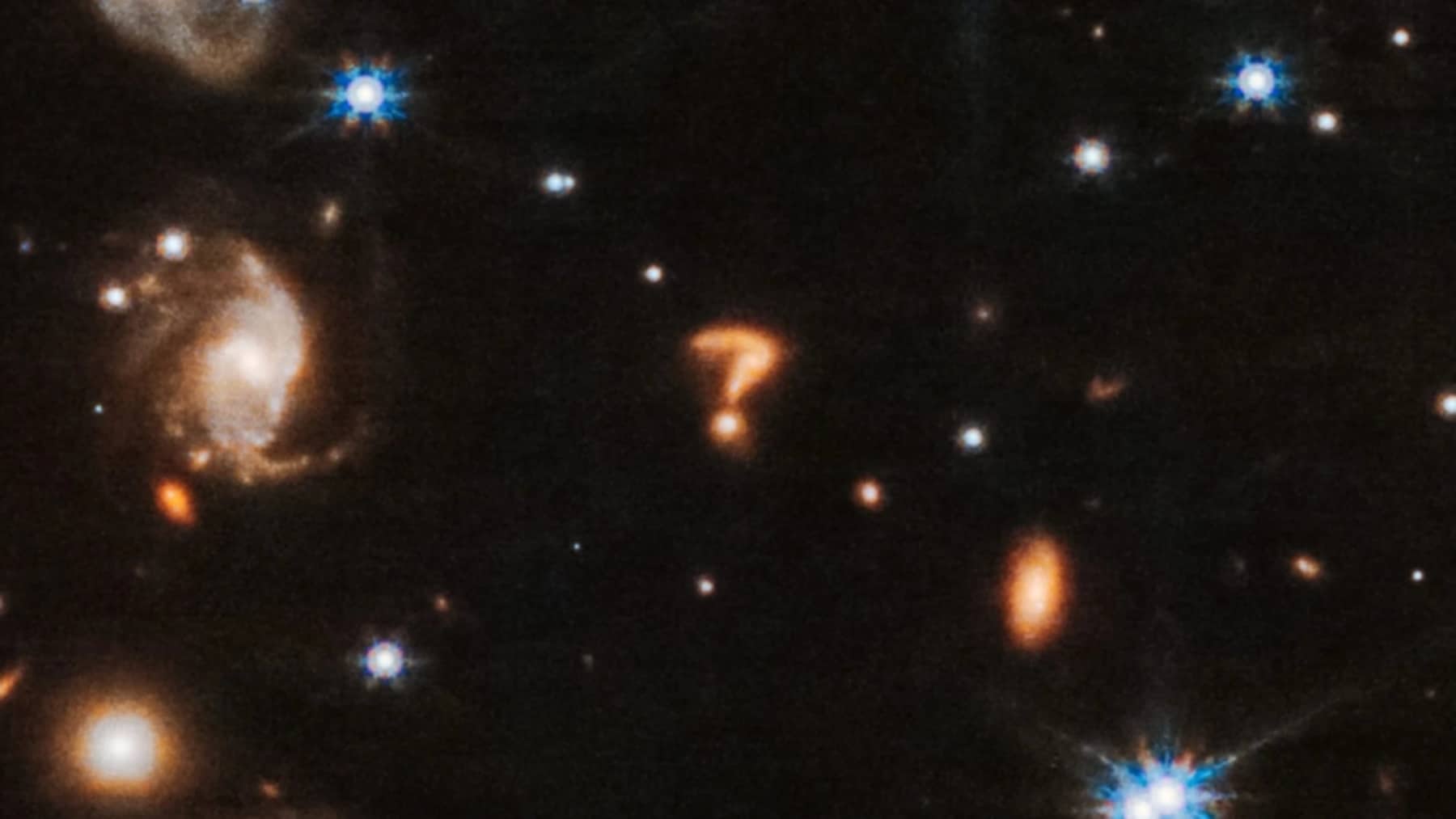In an intriguing and slightly disturbing turn of events in the universe, it appears that a supermassive black hole has been acting quite like a serial killer, as an astronomer has drawn a picture on how the black hole is in the process of murdering one star only to throw the remnants into another stellar body nearby. From the observatory of the Chandra X-ray Observatory of NASA and several other telescopes, this observation provides critical information about the tidal disruption events and their more recent cousins quasi-periodic eruptions, which are both elusive cosmic events whose comprehension may enable understanding a wide component of black holes and their environments.
A cosmic calamity: AT2019qiz falls victim of a black hole’s pull
In the year 2019, a robust flash of light indicating the death of a star AT2019qiz, which had got too close to a supermassive black hole, was captured by the Zwicky Transient Facility. This phenomenon, known as a tidal disruption event, is experienced when a black hole exerts an overwhelming gravitational force on a star and destroys it. The star undergoes a process of elongation and squeezing referred to as spaghettification, which turns it into a tendril of plasma which gets absorbed into a large mass of gases and debris that orbits a black hole, the accretion disk.
However, this stellar massacre was not satisfied with a single victim. The black hole also blasted the remains of the star that had just imploded towards a nearby star, or rather a smaller black hole revolving around it, which provided NASA’s Chandra telescope yet another series of energetic blasts or outbursts. This behavior seems to be in line with the TDE’s repetitive nature, suggesting that the black hole has mechanisms for projecting such stellar gases and debris as a weapon at the next target.
Groundbreaking astronomy: Linking x-ray outbursts to processes going on in black holes
While they were observing how the stellar remnants revolved around the black hole, astronomers noted some series of faint X-ray emission bursts every 48 hours referred to as quasi-periodic eruptions (QPEs). This helps explain the emission mechanism for these X-ray flares and its association with tidal disruption events (TDEs), where for about half cycle, an object on the black hole’s rim can affect the black hole by crashing into its growing accretion disk. In a paper that unites data from NASA’s Chandra, NICER, and Hubble telescopes, it was shown that the disk had become sufficiently extensive to allow objects in orbit to impact with it on a regular basis – hence the eruptions.
Bridging the gap: Two different phenomena tidal disruption events and quasi-periodic eruptions come together
The fact that TDEs and QPEs are quite possibly related is confirmed through this ongoing series of X-ray outbursts, giving researchers a new approach in their efforts to hunt for more of these episodes. Thanks to the constant presence of QPEs, it is possible to indirectly assess how many such active sources are located around the black holes, enabling the researchers to also determine the radius of the black hole and the surrounding stars.
Furthermore, these quasiperiodic outbursts provide opportunities for research into gravitational waves. In case of more eruptions of this type being possible, while owing the advanced capabilities of the new generation of size of gravity wave observatories, it may be possible to also observe such small waves produced by such events and understand how such heavy mass and radius entities orbit each other in such conditions.
The remarkable phenomena of TDEs and QPEs witnessed from the supermassive black hole AT2019qiz not only bring clarity to the concept of these previously cosmic events of history, but also signify a great advancement in what has been known about black holes and their effects on surrounding matter. As more and more data are collected by astronomers, such findings are likely to change the way we understand the surrounding space of black holes and the active beings in them, especially the stars which come too close.
